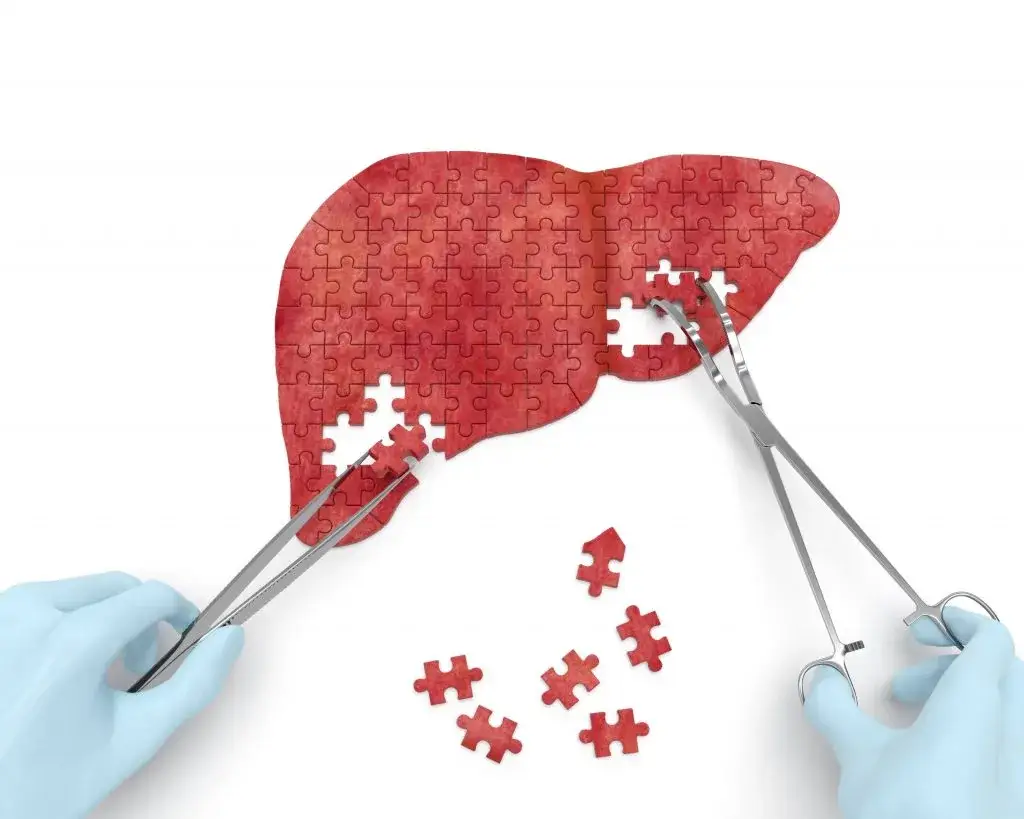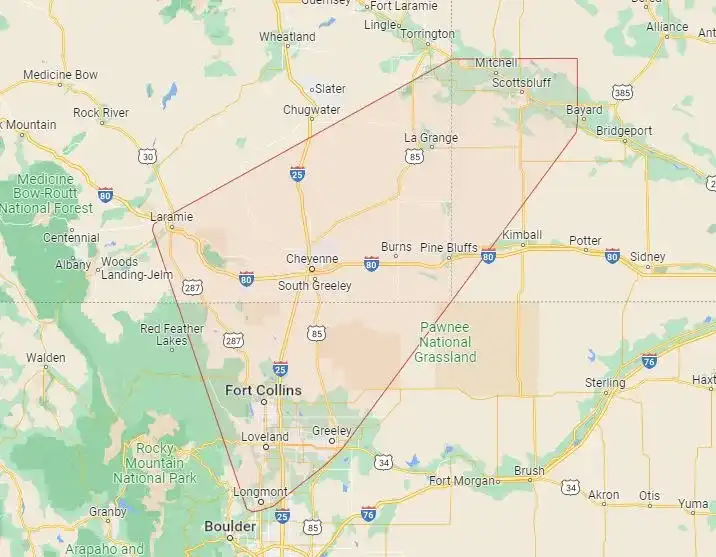what is cholangiocarcinoma
Cholangiocarcinoma
Cholangiocarcinoma surgeon
cholangiocarcinoma surgery
surgery for cholangiocarcinoma
cholangiocarcinoma surgical care
Cholangiocarcinoma
 Cholangiocarcinoma is a rare cancer that can develop anywhere within the biliary tree or within the liver. It is commonly identified after the tumor obstructs the bile ducts which results in jaundice and sometimes extreme itching. Cholangiocarcinoma can be located in the lower common bile duct, the mid-portion of the bile duct, where the ducts converge coming out of the liver (Hilar cholangiocarcinoma), or within the liver itself. Hilar cholangiocarcinoma is the most common and also the most complicated to treat given its proximity to important blood vessels entering the liver.
Cholangiocarcinoma is a rare cancer that can develop anywhere within the biliary tree or within the liver. It is commonly identified after the tumor obstructs the bile ducts which results in jaundice and sometimes extreme itching. Cholangiocarcinoma can be located in the lower common bile duct, the mid-portion of the bile duct, where the ducts converge coming out of the liver (Hilar cholangiocarcinoma), or within the liver itself. Hilar cholangiocarcinoma is the most common and also the most complicated to treat given its proximity to important blood vessels entering the liver.
Endoscopic retrograde cholangiopancreatography (ERCP) is a procedure used initially to obtain a biopsy of the tissue, precisely define the location of the tumor and its extent, and to relieve biliary obstruction by the placement of a stent. This type of cancer typically develops a dense inflammatory reaction around it which makes traditional brush biopsies and/or needle biopsies unsuccessful, so a special probe with a camera on the end is placed within the bile duct to visualize the tumor and take direct biopsies with a tiny forceps. Once a biopsy and other tests are performed, a multidisciplinary team including an HPB surgeon, a medical oncologist, a radiation oncologist, and a host of other ancillary support personnel team develops a treatment plan.
Endoscopic retrograde cholangiopancreatography (ERCP)
This procedure is used to obtain a biopsy of the tumor and also to relieve biliary obstruction related to the tumor by the placement of a stent.
Whipple procedure
This procedure is also known as a pancreaticoduodenectomy. It involves removing the head of the pancreas, the duodenum, the distal bile duct, and the gallbladder. This procedure is performed when the tumor is located in the head of the pancreas. The whipple procedure is performed through both open and robotic approaches by Dr. Tierney.
Extrahepatic bile duct resection
This procedure removes the portion of the bile duct that is located between the liver and the head of the pancreas.
Liver resection
This is a surgical operation done to remove a portion of the liver. The liver is the body’s largest internal organ. It plays a vital role in digestion, producing bile to breakdown food.
Before surgery
The steps followed before surgery are:
- An office visit for surgical consultation where a comprehensive history and physical exam is performed.
- Completion of clinical tests for workup and staging.
- Multidisciplinary tumor board review for an expert recommendation regarding treatment strategy.
After surgery
The type of surgical procedure done determines the kind of post-surgery care required. Post care after a surgical operation involves:
- A brief admission to the ICU is sometimes required for complex procedures such as a whipple procedure. Recovery then continues in the hospital ward for another three to five days. Procedures performed robotically typically have a faster recovery and can expect discharge from the hospital one or two days earlier than after open procedures.
- The goals of postoperative care include: monitoring for and intervening on any complications that can occur, awaiting the resumption of normal bowel function, maintaining adequate hydration and nutrition, physical and occupational rehabilitation, and providing adequate pain control. Once these measures are met, the patient will be discharged from the hospital. Post-operative follow-up will be scheduled one week from discharge with Dr. Tierney.


